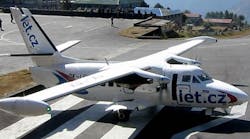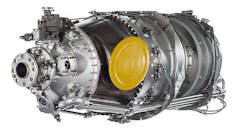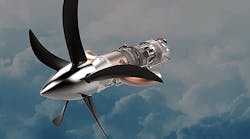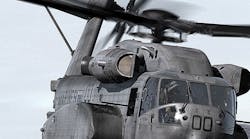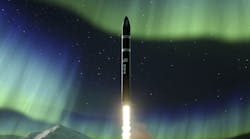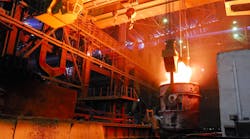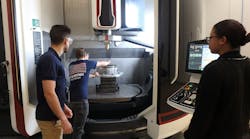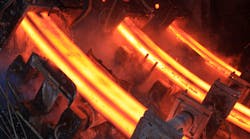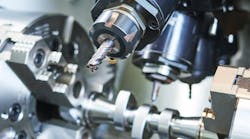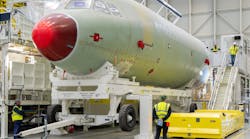GE Aviation and small-aircraft builder Thrush Aircraft plan to develop a new version of the Thrush 510G to be powered by an improved model of GE’s H85 engine. The upgraded aircraft will be more powerful than the current version, with a new electronic engine control (EEC) system designed to reduce pilot workload, with a single-lever control for both engine and propeller operation.
While it’s known mainly for designing turboshaft engines, GE Aviation announced last month it would be developing a new series of turboprop engines to be installed by Textron Aviation in a new series of single-engine turboprop aircraft for business and general aviation.
GE Aviation’s H85 will be based on the earlier H80 turboprop engine, which debuted in 2009 and was based on the even earlier, Walter M601, produced by Walter Aircraft Engines in the Czech Republic. The H85 with EEC system also will be an optional upgrade available for the standard H80-powered 510G.
GE Aviation’s new H Series turboprop family incorporates 3-D aerodynamic design techniques and advanced materials that impart better fuel-efficiency and durability, with no recurring fuel nozzle inspections and no hot section inspection.
Albany, Ga.-based Thrush Aircraft manufactures planes for agriculture, forestry, and fire fighting. There are more than 2,200 Thrush aircraft operating in about 80 countries around the world. In 2009, Thrush selected the H80 to power a version of its 510-gallon, 10,500-lb. gross weight Thrush crop duster. That was the first application for GE’s H Series, which now includes the H75, H80 and H85 engines.
The new H85-powered 510G aircraft is expected to enter service in 2017.
"This selection by Thrush marks an important application for GE’s new electronic engine control system, which will begin certification testing early next year," according to Norman Baker, president/managing executive of GE's Business & General Aviation Turboprops. "We look forward to continuing our work with Thrush and its customers to provide a more powerful, fuel-efficient and durable turboprop engine to meet their evolving needs."
GE Aviation stated the EEC on the new 510G would automatically prevent engine “over-temping” and “over-torqueing,” which will promote longer engine life and allow easier maintenance. The single-lever power control and full auto-start capability alleviate pilots’ workload.
Initial flight-testing of the EEC system will begin in Q1 2016 on the Nextant G90XT, with certification expected to follow in Q2 2016.
"We joined with GE to offer this engine upgrade because of their strong reputation delivering game-changing performance and reliability through innovative technologies like the electronic engine control," said Payne Hughes, president of Thrush Aircraft. "The additional horsepower and increased temperature margin of the H85 engine will enable Thrush 510G operators to carry larger loads in hot weather. The electronic engine control offers complete exceedance protection for the engine and also lowers pilot work load dramatically, which is critical for our customers.”
